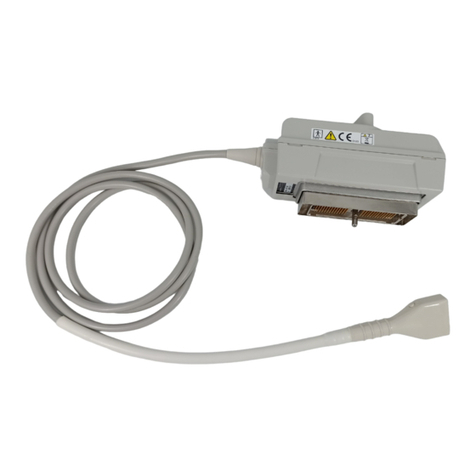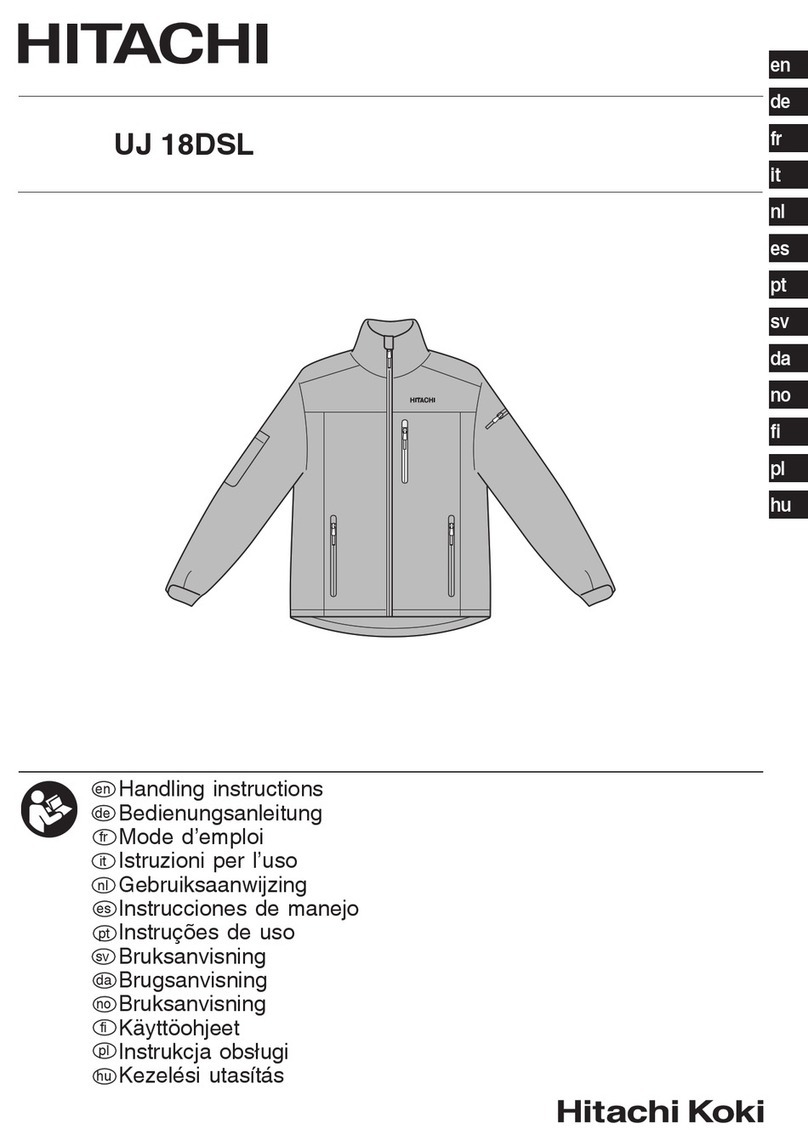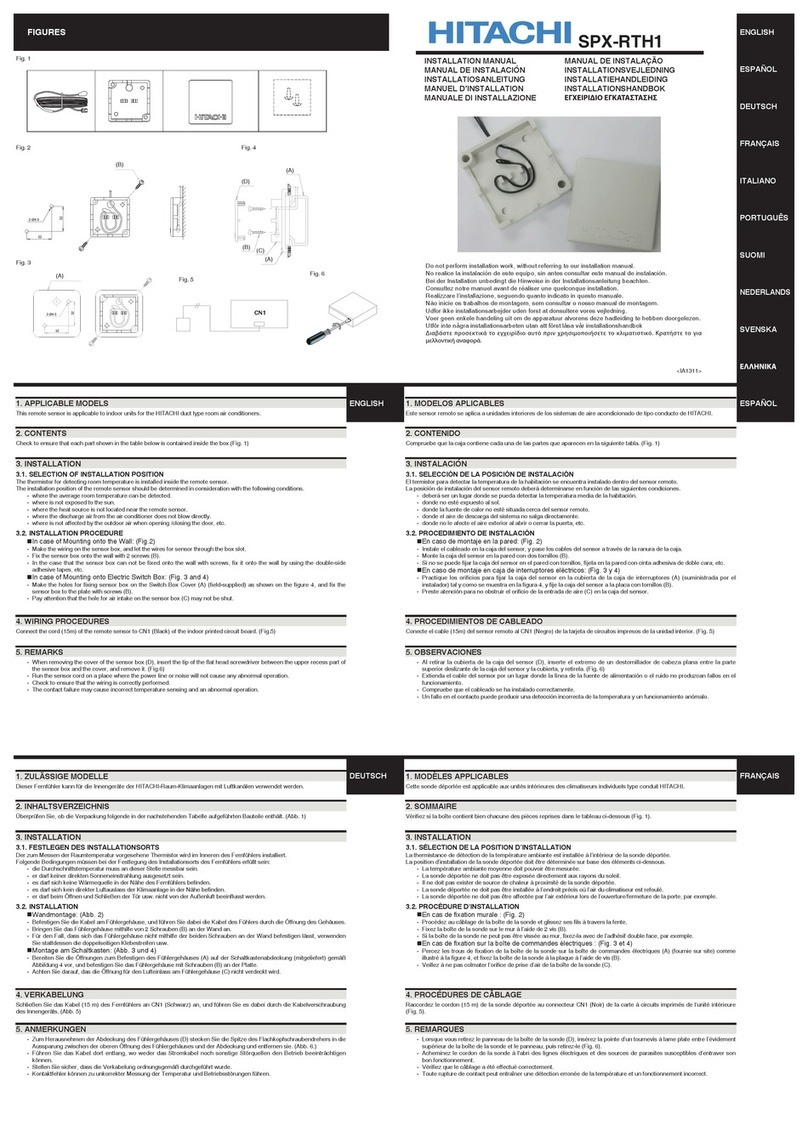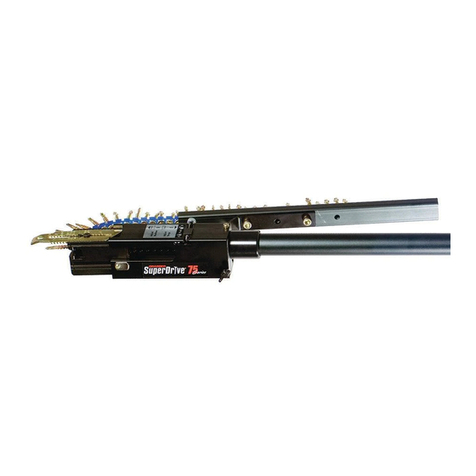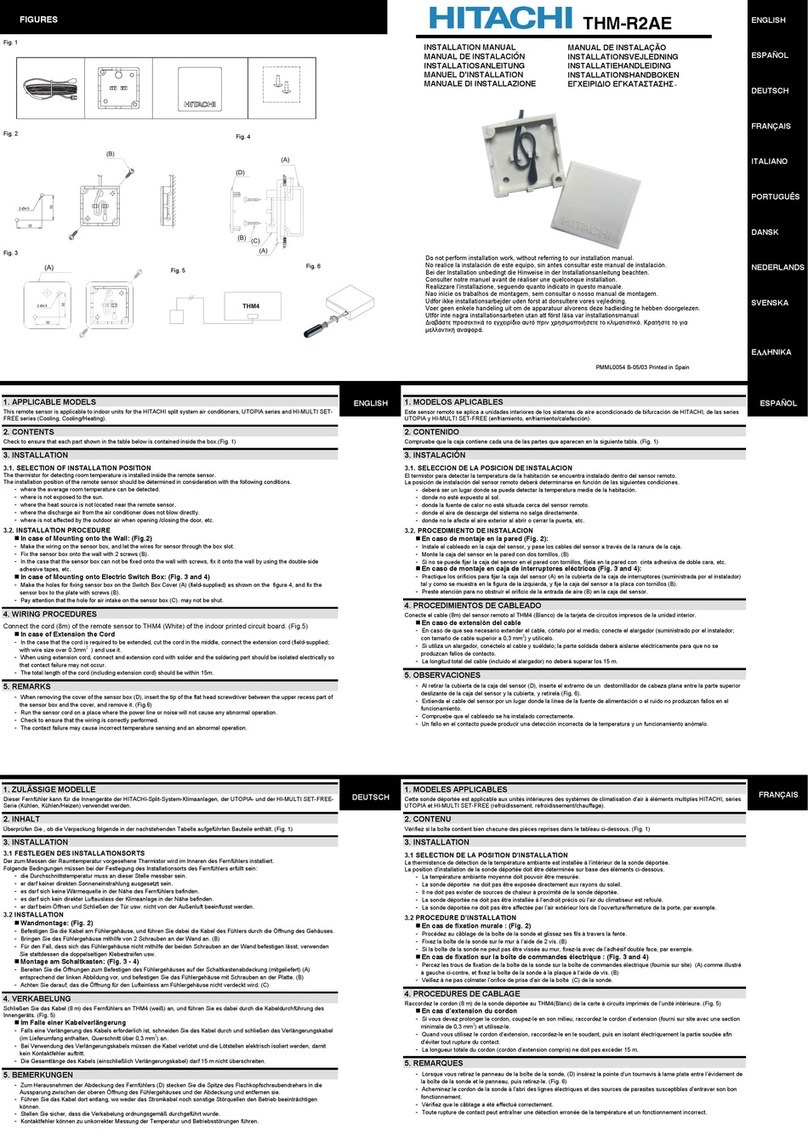
(5) Q1E-EP1234
CONTENTS
Page
1. Introduction ··········································· 1
1.1 Features············································ 1
1.2 Principles of Operation····························· 1
1.3 Intended Use········································ 2
1.4 Compositions········································ 2
1.5 Accessories (Option)································ 2
1.6 External View······································· 3
2. Inspection before Use ·································· 4
2.1 Inspection for Appropriate Connection··············· 4
2.2 Inspection for Material Surface····················· 4
3. Operation Procedure ···································· 5
4. Option of EUP-O732T ···································· 7
4.1 Magnetic Sensor (EZU-RV2S)·························· 7
4.2 Magnetic Sensor (EZU-RV3S)·························· 9
5. Cleaning and Disinfection and Sterilization ············ 12
5.1 Point of use (Pre-cleaning)························· 15
5.2 Containment and transportation······················ 15
5.3 Manual Cleaning and disinfection···················· 15
5.4 Drying·············································· 18
5.5 Inspection·········································· 18
5.6 Packaging··········································· 18
5.7 Sterilization······································· 18
5.8 Storage············································· 20
6. Maintenance and Safety Inspection ······················ 21
6.1 Daily Inspection···································· 21
6.2 Store··············································· 21
7. Safety Precautions ····································· 22
8. Specifications ········································· 24
8.1 Probe··············································· 24
8.2 Supplier’s List of the Probe························ 25
8.3 Supplier’s List of the Magnetic Sensor
Attachment and the Spacer for EZU-RV2S·············· 25
9. Disposal of the Probe ·································· 26

